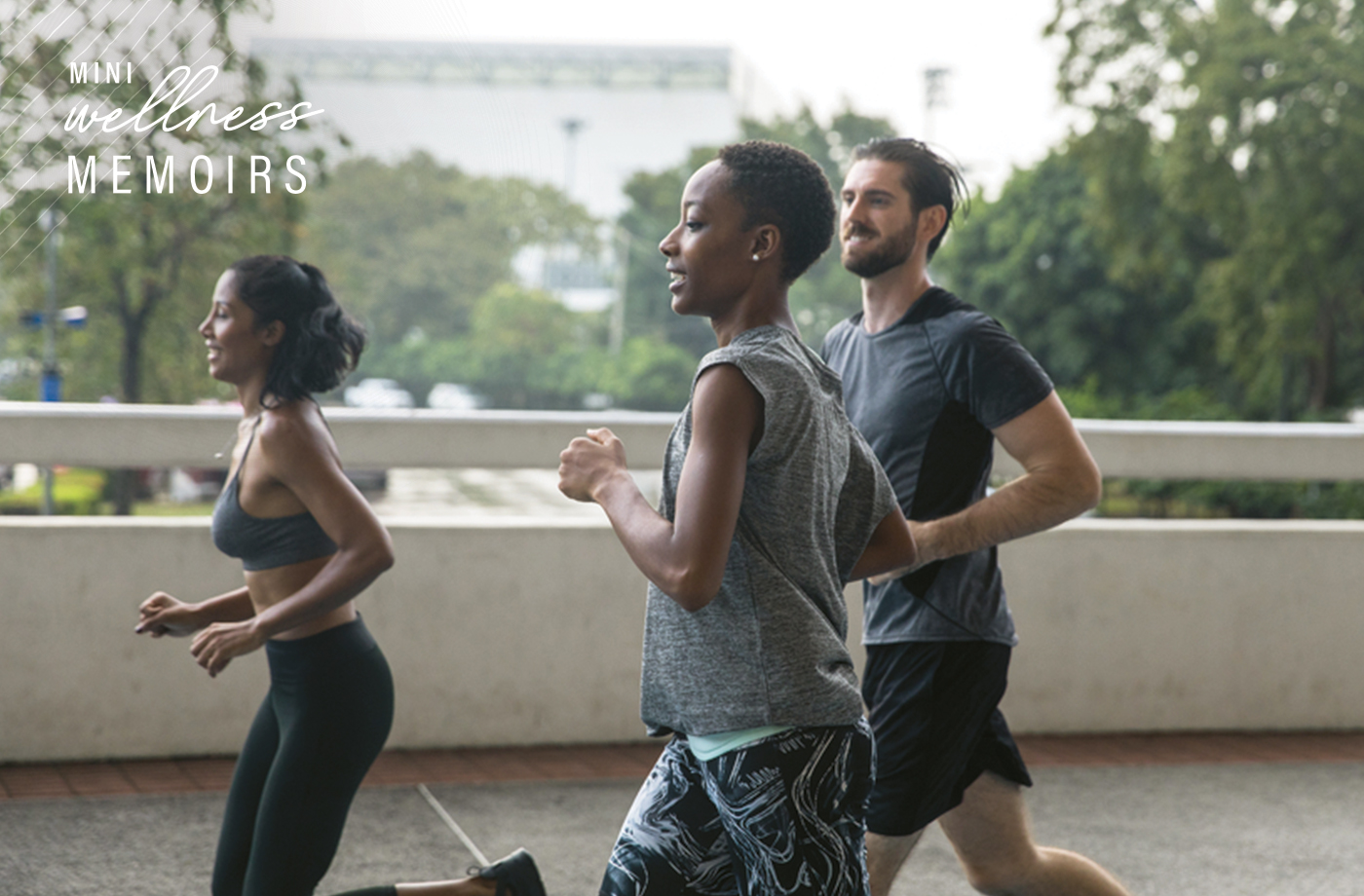
January 02, 2020 at 02:00AM by CWC
On November 2, I woke up at 4 a.m., laced my sneakers, and prepared to run the TCS New York City Marathon. If you’ve never been in NYC on marathon day, I have to take a moment to explain how special it is. New Yorkers have a reputation for being hardened, uncaring, and independent, but year after year, those 26.2 miles connecting Staten Island, Brooklyn, Queens, The Bronx, and Manhattan somehow manage to connect all of us, too.
The moon still hovered in the sky when I left my apartment that morning to meet up with Team Ultra, a band of gutsy runners who would join me for the race ahead. I boarded the bus to the starting line, and as I watched the scene shift from bustling Manhattan to sleepy Staten Island, where the race begins, my energy climbed like never before, following such an early wake-up call. The first mile of the NYC marathon is on a suspension bridge spanning the waters that divide Staten Island and Brooklyn. The burden of starting on a steep incline was daunting, but with fresh legs, it was completely overshadowed by the pure freedom of the downhill.
As I soared down into the race’s second borough, I looked at the racers to my right and left, and already, I wanted to cry—about the palpable joy in the air, about how difficult the next 25 miles would be, about how lucky I felt to be there with a bib on my chest, feeling so free and so fiercely alive. The first half of the race continued like this, and it served as a reminder that whatever you’re feeling on a given day is magnified on a run. Joy, frustration, fear: If there are enough miles ahead of you, all the emotion unfolds, and I’d soon experience all of them. On the tail end of the Queensborough Bridge, which separates Queens (the third borough of the race) and Manhattan (the fourth borough), at mile 14, things changed. A dull pain in my right knee grew focused and sharp. I’d never had a problem with my knees during training. “Why now?” I thought.
I stopped at a medical tent to ask for ice and (I won’t lie) to throw myself a brief pity party. The medical volunteer brought me ice and kindly asked me if I would like to drop out of the race. Maybe it was the adrenaline, my peaking cortisol levels, or the sheer exhaustion I felt from the miles behind me, but this question really irked me. Of course I didn’t. I’d come too far, trained too hard, and was ready for the miles ahead, so I handed the ice pack back to him and faced forward to stare down eight more miles that I’d have to traverse slowly but surely.
The marathon concludes in Central Park, which had been my training ground for most of the marathon. I’d spent mile after salty, sweaty mile laying the foundation to run this race on these very grounds. In that moment, I could’ve reveled in the hurt and frustration and pain I was feeling, but instead, I toggled back to strength, joy, and the fact that my body was able to keep going mile-after-mile, twenty-six times over to carry me, quite literally, home.
ADVERTISEMENT
ADVERTISEMENTKate Spade Autumn/Winter Sale |
Each week, my training plan had forced me to outrun myself. To tack on a mile. One more. Another. If training for a marathon was linear and built upon itself each week, I would’ve met that race as the strongest physical version of myself possible, but that wasn’t what happened. One of the great beauties of running also happens to be one of its greatest frustrations. As much as you train and prepare, running continually tests how devoted you truly are to it. That day was certainly physical (26.2 can be described as nothing else), but the mental agility that I was fostering throughout my months-long training was what carried me over the finish line that day.
With the medal around my neck, I felt so many emotions that conflicted, bolstered, and emphasized each other. But what I mainly felt was pride. A month later, while I was riding the train to work, I fully came to terms with the race itself. My eyes fell on the subway map, the red and green and yellow lines that link up all the boroughs, and I thought to myself: I ran that. I ran the whole goddam thing.
First-time marathoner? Here are the tips to put in your back pocket, and why a cardiologist just keeps coming back for more 26.2s.
Author Kells McPhillips | Well and Good
Selected by CWC
ADVERTISEMENT
ADVERTISEMENTUp to 30% off Gift Sets |







